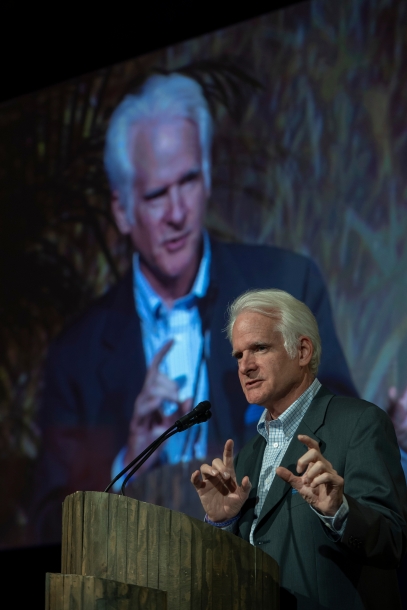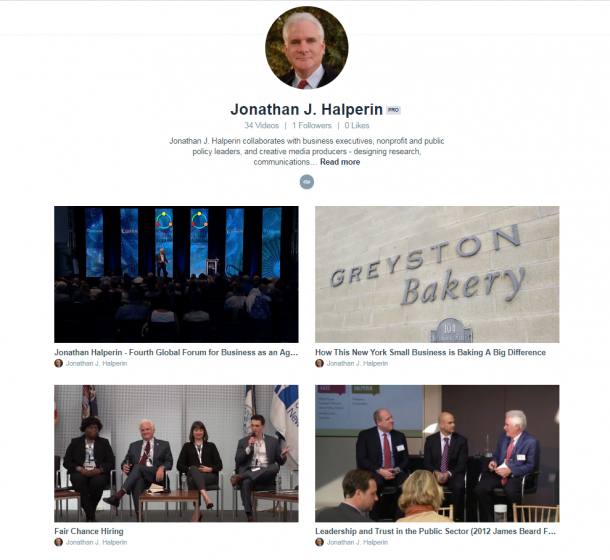You are here
Telling the Story
As part of the global marketing of Hope in a Changing Climate, the award-winning film Halperin executive produced with a team from the Environmental Education Media Project, Halperin authored a series of blog posts from December 2009 to June 2010. The following dispatch is part of this series.
To learn more about the film and ecosystem restoration, see the Hope in a Changing Climate project.
Flying back from Montana, as the snow-covered mountaintops merge with the clouds, I ponder the wide-ranging discussions, topics, and personalities at the International Wildlife Film Festival.It was deeply rewarding and humbling to accept our award on behalf of the whole team that made, marketed, and funded “Hope in a Changing Climate.” Animals featured in the award-winning films ran the gamut from hummingbirds to humpbacks, from freshwater shrimp to the California condor – and, of course, Homo sapiens.
Last evening, we had a peak at some of the forthcoming footage from Alastair Fothergill’s forthcoming “The Frozen Planet. As the creator of the seminal “Planet Earth” series, Fothergill is one of the few people today who can command the budgets needed to employ a million dollar gyroscopic gimbal to steady a camera in a helicopter in order to film frolicking polar bears. The experience is more than visual, as one is emotionally swept into the movie. A moment of awe, for sure, and also one of some unease; it seems almost hyper-real in ways that scramble the senses.
Nothing could be farther from the stunning spectacles filmed by Fothergill’s team, such as orcas working in a pack to dislodge a seal from the safety of its ice float, than the amateur images on Vanessa Serrao’s NatureBreak. Hers is an effort to create an on-line social community of animal lovers who post mini-videos of their day-to-day encounters with the animals in their lives.
But as was emphasized over and over again, it is story-telling that makes the movie. The technology matters, the funding matters, and whether one distributes via physical DVD, a global broadcast, a web cast, or some combination the essence of a good film remains the story.
It was thus immensely gratifying to screen “Hope in a Changing Climate” in the historic Wilma Theatre in Missoula. While we hardly filled the grand 1,100-seat theatre, the audience was clearly energized and excited by the film. The questions flowed, enthusiasm was in the air, and people were bubbling with praise for the uplifting and empowering message. Amidst all the documentary evidence of vast ecological problems, our small film stands as compelling evidence that something can be done to stabilize the changing climate, to address endemic poverty, and to make sustainable agriculture a reality.
In discussions with a range of talented and diverse people, I posed many questions. And we wrestled with one set after the closing ceremony. With the vast array of technology and knowledge available to us, with an expanding mix of distribution mechanisms unfolding around us why don’t we, the community of environmental filmmakers, tell more stories of success and opportunity? How, conversely, do we avoid falling into the mainstream media rut of hyping devastation and destruction? How do we convey the beauty and the drama of the everyday moment; the magnificence of the normal; the wondrous harmony of people living as stewards of the land for this and the next generation?
-- Jonathan J. Halperin

